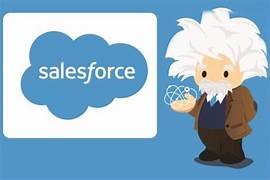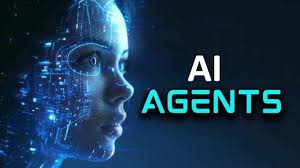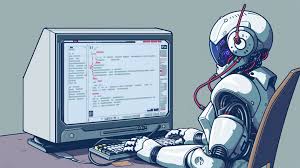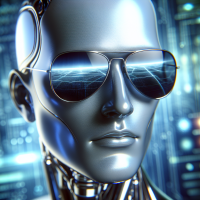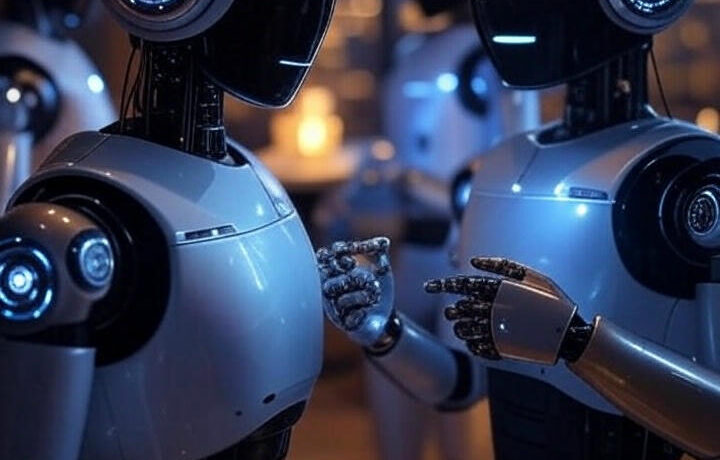Marketing Cloud Next
Marketing Cloud Next: The Dawn of Agentic Marketing Redefining Marketing in the AI Era Salesforce has unveiled Marketing Cloud Next — the world’s first full-funnel agentic marketing platform that transforms every customer interaction into an intelligent, two-way conversation. This isn’t just an upgrade; it’s a paradigm shift from static campaigns to dynamic, AI-driven engagement ecosystems. New UI New Functionality B2B and B2C on the same platform Built on core Why This Changes Everything “75% of marketers use AI, but only 32% see real impact. Agentic marketing closes this gap.” How Agentic Marketing Works The Old Way vs. The New Way Traditional Marketing Agentic Marketing Manual campaign builds AI assembles full campaigns from briefs One-way communications Dynamic two-way conversations Siloed channels Unified customer journey orchestration Post-campaign analytics Real-time autonomous optimization Generic personalization 1:1 micro-segmentation Example: An AI agent detects a high-value lead browsing pricing pages at 2 AM. It: Key Innovations in Marketing Cloud Next 1. Create: Campaigns at the Speed of Thought “P&G reduced campaign launch time from 3 weeks to 4 hours in beta tests.” 2. Engage: Always-On Conversations 3. Qualify: Smarter Lead Management 4. Optimize: Autonomous Performance The Technology Behind the Revolution Agentforce AI Architecture Real-World Impact Case Study: Global Retailer By the Numbers Getting Started Availability Migration Path “Early adopters see ROI in <90 days by focusing on high-friction processes first.” The Future of Marketing is Agentic With Marketing Cloud Next, Salesforce isn’t just adding AI features — it’s rearchitecting marketing around autonomous collaboration. This is the end of:❌ Spray-and-pray campaigns❌ Siloed channel strategies❌ Post-mortem analytics And the beginning of:✅ Self-optimizing customer journeys✅ Frictionless cross-team coordination✅ Real-time revenue impact visibility Ready to transform your marketing? Join the waitlist for exclusive early access. Contact Tecctonic on the form below. #MarketingInnovation #AI #Salesforce #CustomerExperience #DigitalTransformation Like Related Posts Salesforce OEM AppExchange Expanding its reach beyond CRM, Salesforce.com has launched a new service called AppExchange OEM Edition, aimed at non-CRM service providers. Read more The Salesforce Story In Marc Benioff’s own words How did salesforce.com grow from a start up in a rented apartment into the world’s Read more Salesforce Jigsaw Salesforce.com, a prominent figure in cloud computing, has finalized a deal to acquire Jigsaw, a wiki-style business contact database, for Read more Service Cloud with AI-Driven Intelligence Salesforce Enhances Service Cloud with AI-Driven Intelligence Engine Data science and analytics are rapidly becoming standard features in enterprise applications, Read more


